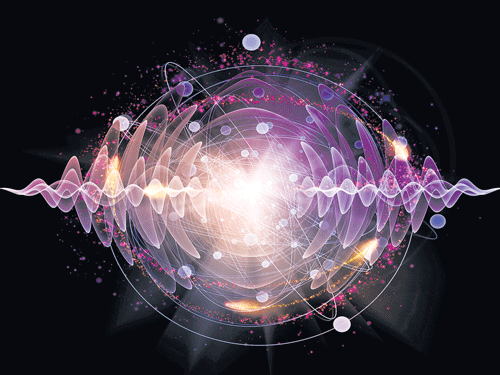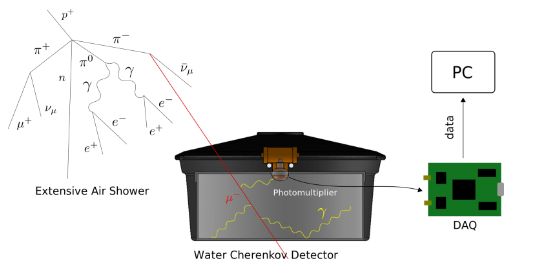
Antineutrinos falls under the category of elusive particles. They are extremely difficult to detect due to their weak interaction with matter.
These exotic particles have the same properties as neutrinos but with opposite charges. And have very little mass.
Scintillator-based detectors
Generally, scientists study antineutrinos produced by nuclear reactors using scintillator-based detectors.
These detectors are surrounded by photomultiplier tubes that detect the light emitted by the scintillator when an antineutrino interacts with it.
The inverse beta decay process
Since, these elusive particles – neutrinos and antineutrinos – are challenging to detect, yet the scientists have developed sophisticated detectors and experimental techniques to observe them.
One of the ways is to detect antineutrinos produced in nuclear reactors is through the inverse beta decay process. Here, an antineutrino interacts with a proton to give out a positron and a neutron.

The SNO+ experiment
Recently, the SNO+ collaboration reported the first evidence of reactor antineutrinos detected using a water Cherenkov detector.
The SNO+ experiment is a large-scale research effort that uses a multipurpose particle detector located at SNOLAB in Canada to study neutrinos and other particles.
These detectors work by detecting the Cherenkov radiation emitted when a charged particle passes through the water faster than the speed of light in that medium.
This technique has been used to study neutrinos for many years, but the recent results from SNO+ demonstrate that it can also be used to detect antineutrinos.
Tellurium-loaded liquid scintillator
Logan Lebanowski, from the study, said that aim of the SNO+ experiment is to conduct a high-sensitivity search for neutrinoless double beta decay using a tellurium-loaded liquid scintillator.
Along with neutrinoless double beta decay, the SNO+ experiment also measured the neutrino mass splitting Δm²¹ using reactor antineutrinos.
This is an important measurement because it provides information about the absolute mass scale of neutrinos and helps to constrain models of neutrino mass generation.
Before filling the detector with liquid scintillator, the SNO+ collaboration filled the detector with water to calibrate detector components and characterize intrinsic radioactive backgrounds.
This is an important step in any particle physics experiment because it helps to ensure that the detector is working properly and that any signals observed are actually coming from the particles of interest.

Water Cherenkov detector
One of the significant advantages of using a water Cherenkov detector to detect reactor antineutrinos is that water is a non-toxic, safe, easy to handle, and inexpensive target medium.
This makes water Cherenkov detectors favorable for use in a wide range of environments and situations, including nuclear power plants, where they can be used to monitor the behavior of reactors and ensure their safety.
Takeaway
The ability of water Cherenkov detectors to detect reactor antineutrinos is a significant breakthrough that could pave the way for new and exciting discoveries in the field of particle physics.
By providing a safe, easy-to-handle, and cost-effective way to study these elusive particles, water Cherenkov detectors could help us to better understand the properties of neutrinos and antineutrinos, and their role in the universe.
Via: Phys.org



